Home / IndyCar Clothes
Salt Walther IndyCar Racing 1979 Uniform Apparel Clothes Bomber Thick Coat Sleeveless Hoodie Hooded T-Shirt1
IndyCar store – Loyal fans of Salt Walther’s Bomber Jacket,Unisex Thick Coat,Unisex Sleeveless Hoodie,Unisex Hooded T-Shirt,Kid Sleeveless Hoodie,Kid Hooded T-Shirts,Kid Thick Coat:Vintage indycar racing suit,uniform,apparel,shirts,merch,merchandise,jersey,hoodie,jackets,shorts,sweatshirt,outfits,clothes
SIZE CHART HERE: Each store has a different size chart so please check our size chart before purchasing. We can't exchange for a new size once the package has been shipped.
BUST : A Round WAIST : A Round HIP : A Round
NOTE : compare the detail sizes with yours, please allow 1-3cm (0.39-1.18inch) differs due to manual measurement ,thanks! HOW CAN I CHOOSE THE RIGHT SIZE? Please use a ruler and measure the outfit that fits you best.From the size you measure from your actual shirt, you can choose the size on our size chart.
Tip: Choose a little looser to make sure it's not too tight. Please allow 1-3cm (0.39-1.18inch) differences due to manual measurement.
Baseball Jersey Men's Baseball Jersey
SIZE LENGTH 1/2 BUST JERSEY SIZE unit inch cm inch cm S 30 76.2 23 58.0 36 M 31 78.7 24 60.5 40 L 32 81.3 25 63.5 44 XL 33 83.8 26 66.0 48 2XL 34 86.4 27 68.5 52 3XL 35 89.0 29 73.5 56 4XL 36 91.4 31 78.5 60 5XL 37 94.0 33 83.5 64 6XL 38 96.5 35 88.5 68 7XL 39 99.0 38 96.5 72
Women's Baseball Jersey
SIZE LENGTH 1/2 BUST 1/2 WAIST AVERAGE unit inch cm inch cm inch cm S 27.0 68.6 19.0 48.5 18.0 46.0 4-6 M 27.5 70.0 20.5 52.0 19.5 49.5 8-10 L 28.0 71.0 21.5 54.5 20.5 52.0 12-14 XL 28.5 72.0 22.5 58.0 21.5 55.5 16-18 2XL 29.0 73.7 24.5 62.0 23.5 59.5 20-22 3XL 29.5 75.0 26.5 67.0 25.5 64.5 24-26 4XL 30.0 76.2 28.5 72.0 27.5 69.5 28-30
Kid's Baseball Jersey
SIZE LENGTH 1/2 BUST 1/2 HIPS U.S SIZE unit inch cm inch cm inch cm S 23.0 58.4 16.2 41.5 16.5 41.5 8 M 25.0 63.5 18.0 45.5 18.0 45.5 10-12 L 27.0 68.6 19.5 50.0 19.8 50.0 14-16 XL 29.0 73.7 21.0 53.5 21.0 53.5 18-20
Hockey Jersey Men's Hockey Jerseys SIZE (Inch) LENGTH BUST SHOULDER SLEEVE S 30.5 48 20.5 22.5 M 31.5 50 21.5 23 L 32.5 52 22 23.5 XL 33.5 53.5 23 24 2XL 34.5 55 24 24 3XL 35 57 24.5 25 4XL 36 60 25 25 5XL 37 64 26 25
WoMen's Hockey Jerseys SIZE (Inch) LENGTH BUST SHOULDER SLEEVE S 26 39.5 20 22 M 27 41.5 20.5 22 L 27.5 43.5 21.5 22.5 XL 28.5 45.5 22 23 2XL 29 47.5 23 23.5
Youth's Hockey Jerseys SIZE (Inch) LENGTH BUST SHOULDER SLEEVE S 27 41.5 20.5 22 M L 28.5 45.5 22 23 XL
Unisex T-Shirts | Unisex Polo Shirts SIZE (US) LENGTH BUST SHOULDER unit inch cm inch cm inch cm S 28 71 36 92 16 40 M 29 74 40 102 17 43 L 30 76 44 112 18 46 XL 31 79 48 122 19 49 2XL 32 81 52 132 20 52 3XL 33 84 56 142 22 55 4XL 34 86 60 152 23 58 5XL 35 88 64 162 24 61 6XL 36 92 68 172 25 64
Unisex Long Pants SIZE (US) WAIST HIP LENGTH unit inch cm inch cm inch cm S 30.7 77 37.4 95 38 96 M 32.7 83 39.4 100 39 98 L 34.7 88 41.3 105 39 100 XL 36.6 93 43.3 110 40 102 2XL 38.6 98 45.3 115 41 104 3XL 40.9 104 47.2 120 42 106 4XL 43.3 110 49.6 125 43 109 5XL 46.1 117 52.4 130 44 112 6XL 49.2 124 55.5 135 45 114
Kid Unisex : Long Pants SIZE (US) LENGTH WAIST HIP UNIT inch cm inch cm inch cm Toddler 2T 19.7 50 15.7 40 23.6 60 Toddler 3T 20.9 53 16.5 42 25.2 64 Toddler 4T 22.0 56 17.3 44 26.0 66 Toddler 4 23.2 59 18.1 46 26.8 68 Toddler 5 24.4 62 18.9 48 28.3 72 Youth XS 25.6 65 19.7 50 29.1 74 Youth S 26.8 68 20.5 52 30.0 76 Youth M 28.0 71 21.3 54 31.5 80 Youth L 29.1 74 22.0 56 32.3 82 Youth XL 30.3 77 22.8 58 33.1 84
Bomber Jacket SIZE (US) LENGTH BUST SHOULDER SLEEVE unit inch cm inch cm inch cm inch cm XS 25 64 36 92 16 39 26 66 S 26 67 40 102 17 42 26 67 M 28 70 44 112 18 45 27 68 L 28 72 48 122 19 48 27 69 XL 30 75 52 132 20 51 28 70 2XL 30 76 56 142 21 54 28 71 3XL 31 79 60 152 22 57 28 71 4XL 32 82 64 162 24 60 28 72 5XL 33 85 68 172 25 63 29 73 6XL 34 86 73 182 26 66 29.1 74
Unisex Thick Coat SIZE LENGTH BUST SHOULDER SLEEVE unit inch cm inch cm inch cm inch cm S 26.4 67 41.7 106 17.7 45 24.8 63 M 27.2 69 44.1 112 18.9 48 25.6 65 L 28.3 72 46.5 118 20.0 51 26.4 67 XL 29.1 74 48.8 124 21.3 54 27.6 70 2XL 30.0 76 51.2 130 22.4 57 28.3 72 3XL 30.7 78 54.0 137 23.6 60 29.1 74 4XL 31.5 80 58.3 148 24.8 63 30.0 76 5XL 32.3 82 61.8 157 26.0 66 30.7 78
Unisex Button Shirts SIZE (US) LENGTH SHOULDER BUST SLEEVE unit inch cm inch cm inch cm inch cm S 29.0 73.7 17.2 43.8 39.4 100.0 10.0 25.4 M 30.0 76.2 18.0 45.7 43.3 110.0 10.0 25.4 L 30.8 78.2 19.5 49.5 47.2 120.0 10.5 26.6 XL 31.6 80.2 21.0 53.3 51.2 130.0 10.5 26.6 2XL 33.2 84.3 22.5 57.2 55.5 141.0 11.0 27.9 3XL 34.8 88.4 24.0 61.0 59.1 150.0 11.0 27.9 4XL 35.6 90.4 25.5 64.8 63.0 160.0 11.5 29.2 5XL 36.4 92.4 26.5 67.3 66.9 170.0 11.5 29.2 6XL 37.2 94.4 27.5 69.8 70.9 180.0 11.8 30.5
Unisex Hawaiian Shirts SIZE (US) LENGTH SHOULDER BUST SLEEVE unit inch cm inch cm inch cm inch cm S 28.0 71 18.5 47 40.5 103 8.2 21 M 29.0 74 19.68 50 44.4 113 8.6 22 L 30.5 78 20.86 53 48.0 122 9.0 23 XL 32.0 81 22.04 56 54.0 137 9.4 24 2XL 33.0 84 23.22 59 57.0 145 9.8 25 3XL 33.5 85 24.41 62 61.0 155 10.2 26 4XL 34.8 88 25.6 65 64.0 162.5 10.6 27 5XL 35.5 90 26.77 68 67.5 171.5 11.0 28 6XL 36.8 93.5 27.95 71 70.9 180.0 11.4 29
Unisex Short Pants SIZE (US) WAIST(Around) HIP(Around) LENGTH unit inch cm inch cm inch cm S 30.7 78 37.4 95 18.1 46 M 32.7 83 39.4 100 18.9 48 L 34.7 88 41.3 105 19.3 49 XL 36.6 93 43.3 110 20.1 51 2XL 38.6 98 45.3 115 20.5 52 3XL 40.9 104 47.2 120 20.9 53 4XL 43.3 110 49.6 126 21.5 54 5XL 46.1 117 52.4 133 22.1 56 6XL 49.2 125 55.5 141 22.5 57
Men's Short Pants SIZE (US) LENGTH WAIST HIP unit inch cm inch cm inch cm S 19.3 49 27.6-35.4 70-90 41.7 106 M 19.7 50 28-35.8 71-91 42.5 108 L 20.1 51 28.3-36.2 72-92 43.3 110 XL 20.5 52 28.7-36.6 73-93 44.1 112 2XL 20.9 53 29.1-37 74-94 44.9 114 3XL 21.3 54 29.5-37.4 75-95 45.7 116 4XL 21.7 55 29.9-37.8 76-96 46.5 118 5XL 22.1 56 30.7-38.6 78-98 47.2 120 6XL 22.4 57 31.5-39.4 80-100 48 122
Kid Unisex : Short Pants SIZE (US) LENGTH WAIST HIP UNIT inch cm inch cm inch cm Toddler 2T 11.0 28 15.7 40 23.6 60 Toddler 3T 11.4 29 16.5 42 25.2 64 Toddler 4T 11.8 30 17.3 44 26.0 66 Toddler 4 12.2 31 18.1 46 26.8 68 Toddler 5 12.6 32 18.9 48 28.3 72 Youth XS 13.0 33 19.7 50 29.1 74 Youth S 13.4 34 20.5 52 30.0 76 Youth M 13.8 35 21.3 54 31.5 80 Youth L 14.2 36 22.0 56 32.3 82 Youth XL 14.6 37 22.8 58 33.1 84
Oodie Unisex Oodie SIZE LENGTH SLEEVE BUST HEM SHOULDER 4XL inch 35.8 23.6 60.6 66.1 26.8 cm 91 60 154 168 68
Kid Oodie SIZE LENGTH SHOULDER SLEEVE BUST unit inch cm inch cm inch cm inch cm OneSize 33.9 86 20.5 52 19.3 49 53.5 136
Yeezy Boost Sneakers Men's Shoes Size Chart US Size Eur Size Insole Length(mm) 5 38 253 6 39 260 7 40 267 7.5 41 273 8.5 42 280 9.5 43 287 10 44 293 11 45 300 12 46 307 13 47 314 14 48 321
Women's Shoes Size Chart US Size Eur Size Insole Length(mm) 5 35 233 5.5 36 240 6 37 247 7 38 253 8 39 260 9 40 267 10 41 273 11 42 280 11.5 43 287 12 44 293
Product Details Item Type: Hoodie, Zipper, T-Shirt, Long Sleeve, Short Pant, Long Pants, Polo shirt, Hawaiian shirt,...
Pattern Type: Full 3D Printing
Adult Size: S M L XL XXL 3XL 4XL 5XL 6XL
Kid Size: Toddler 2T, 3T, 4T, 4, 5 - Youth XS S M L XL
Material:
Each all over printed shirt is constructed from a premium polyester blend that is ultra-soft and incredibly comfortable. Features a specialty high definition heat-dye application that ensures long-lasting color vibrancy even after machine washing. Fabric is durable and resistant to wrinkles, shrinking and mildew. Gender: All
Tips: 1. Please allow 1-3cm(0.39-1.18inch) Error Because of manual measuring. 2. This product is High Elastic. Please delay on the Size Table to Determine The suitability of yours
NOTE : compare the detail sizes with yours, please allow 1-3(0.39-1.18inch) differs due to manual measurement ,thanks!
Combo Product : Fill in the Notes section when checking out for different size information (Not Required).
Clear Button : To select another product type.
Buy More Save More!
It’s time to give thanks for all the little things.
Estimated arrival Dec 08 - Dec 10
Order ships Dec 20 - Dec 30
Delivered! 


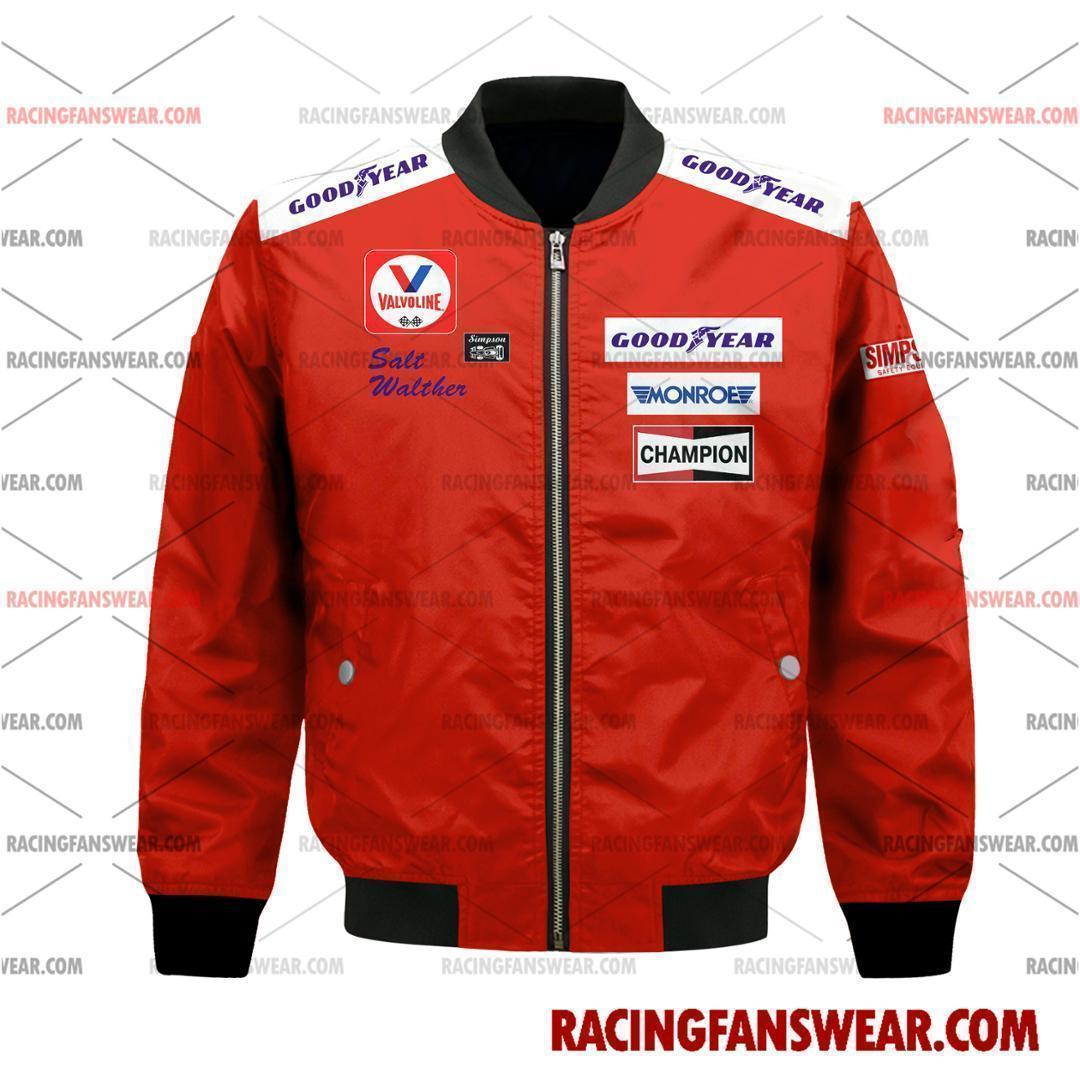

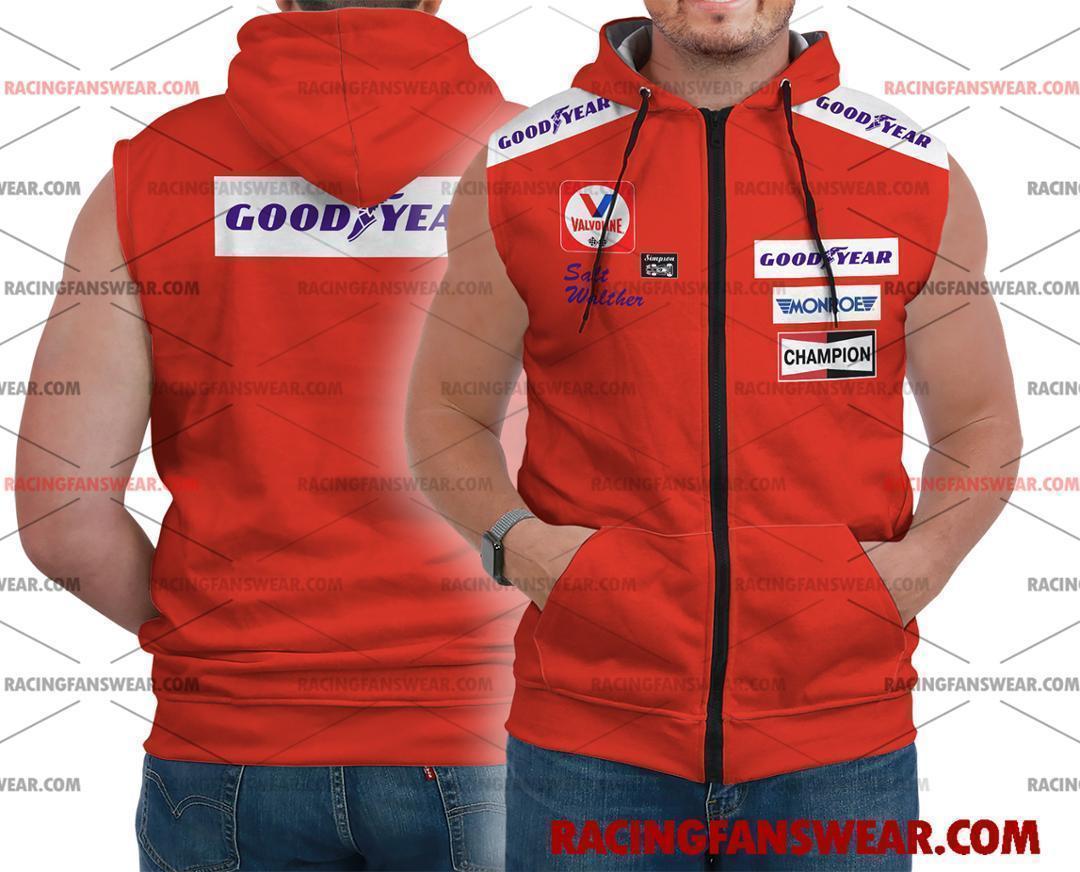

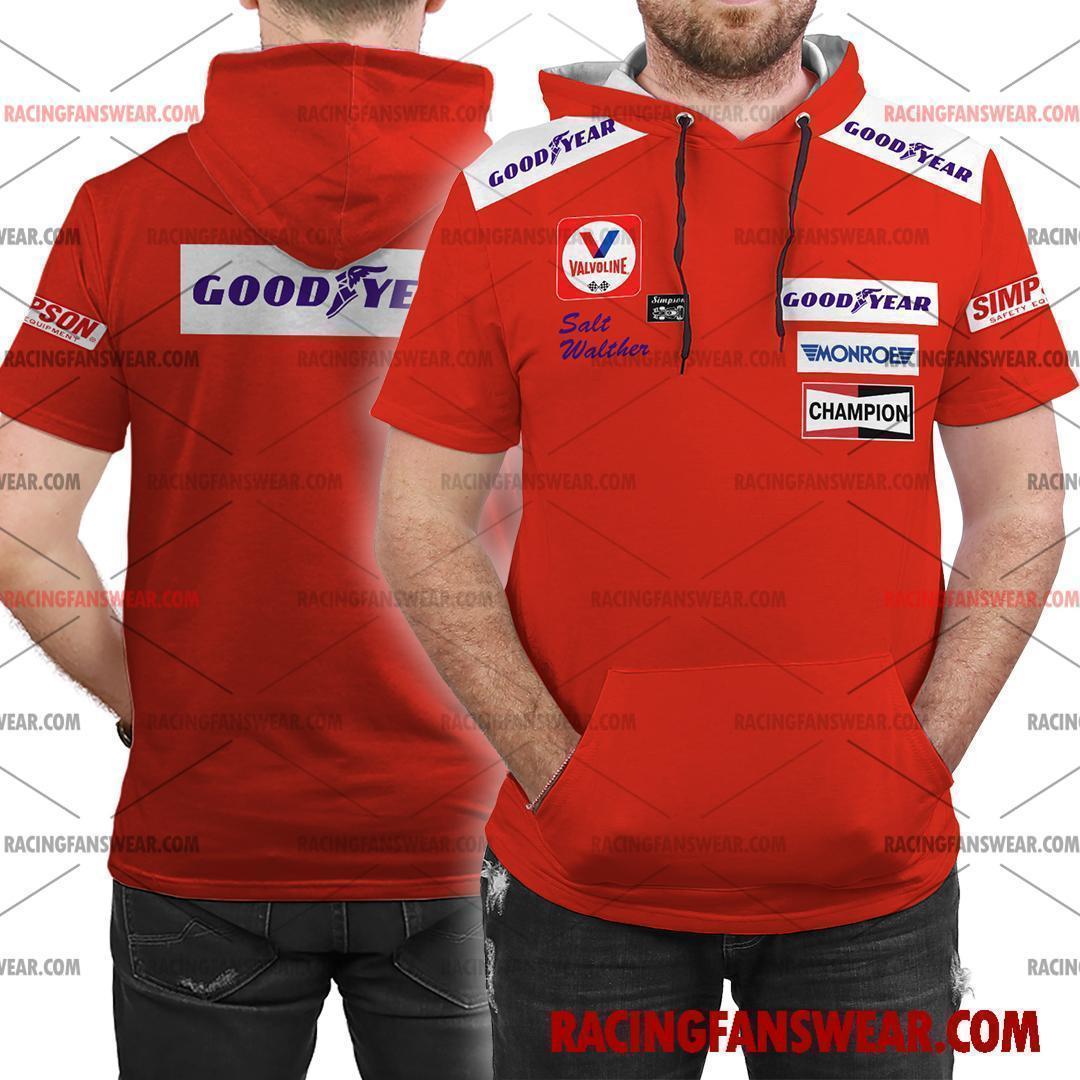
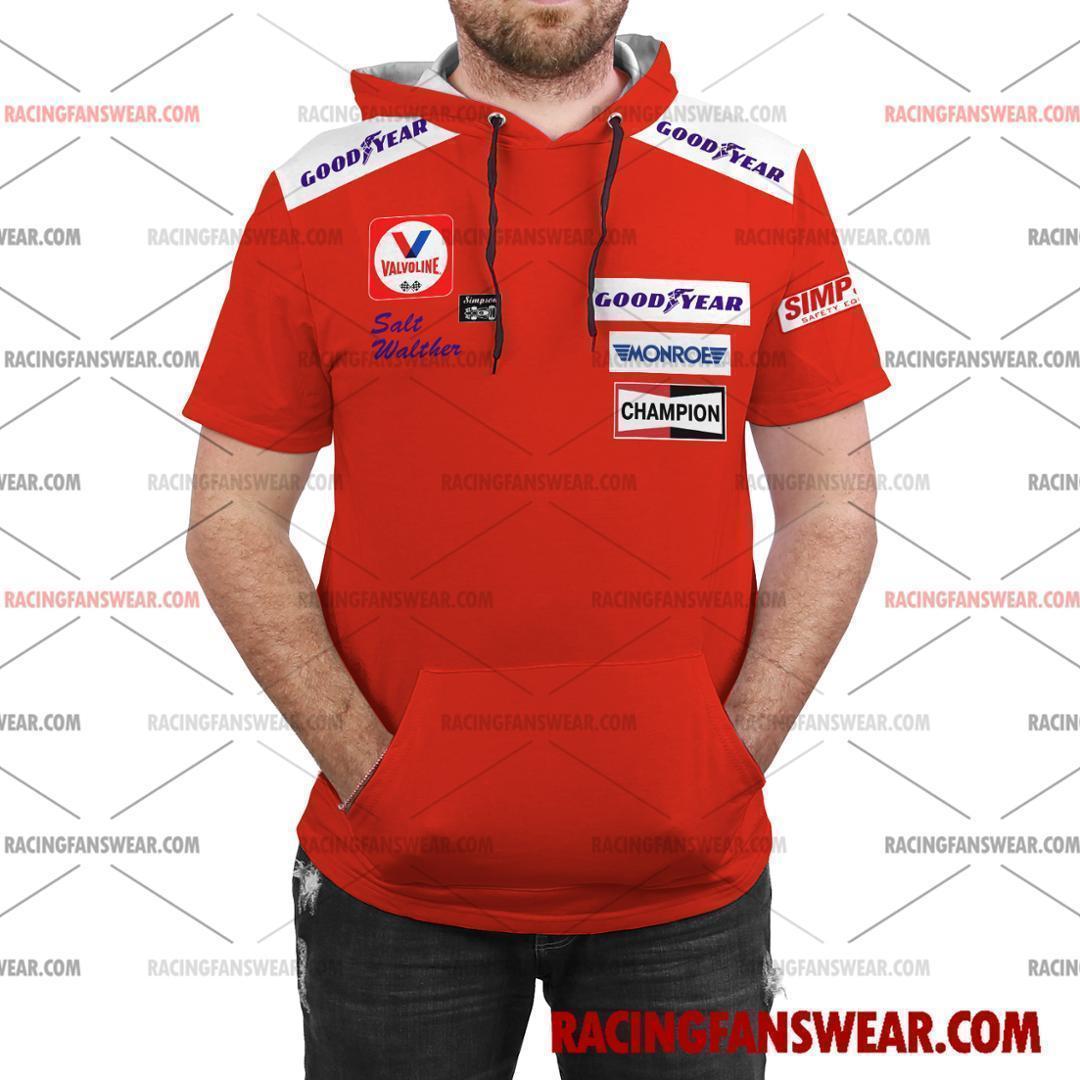




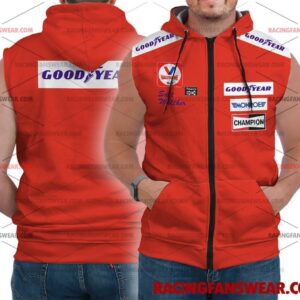

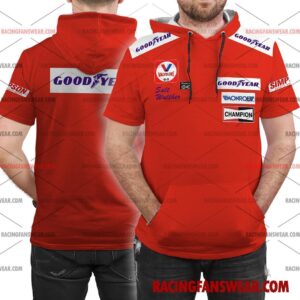
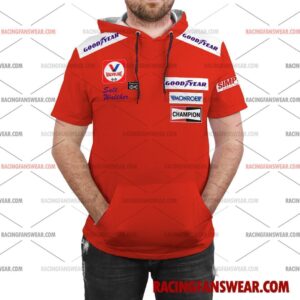






 Men's Shoes Size Chart
Men's Shoes Size Chart




Reviews
There are no reviews yet